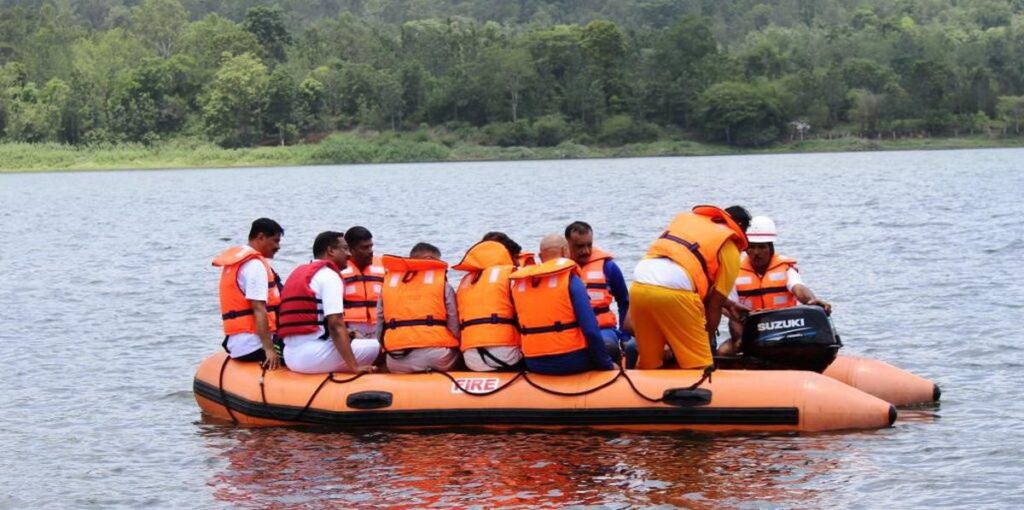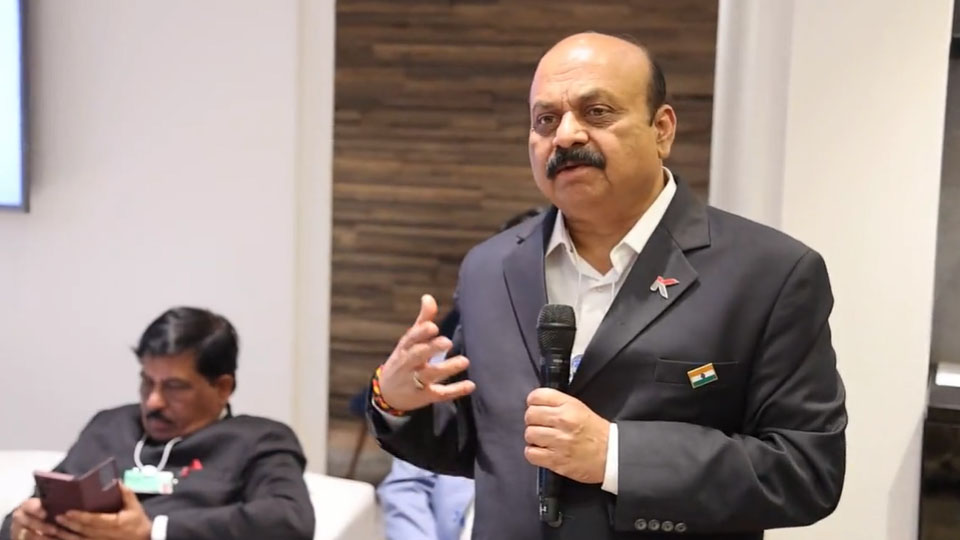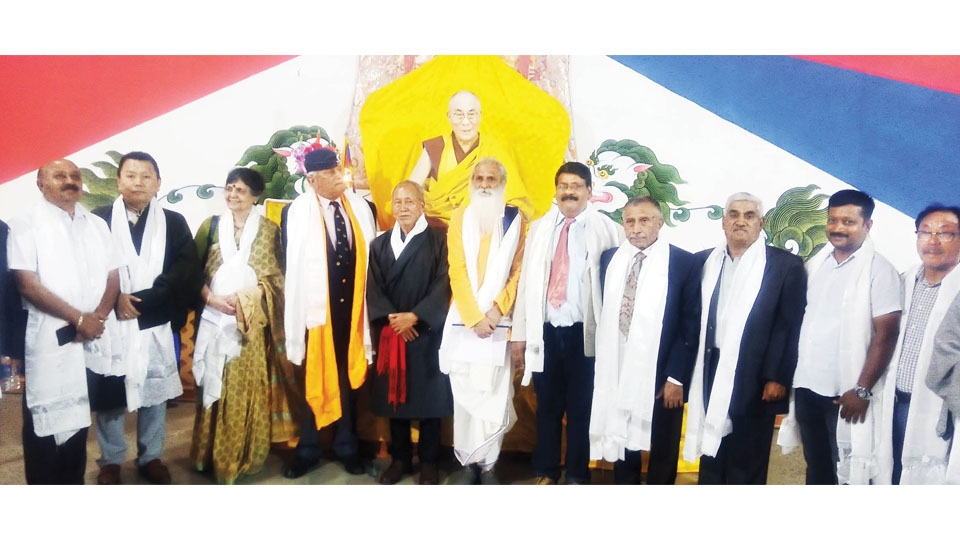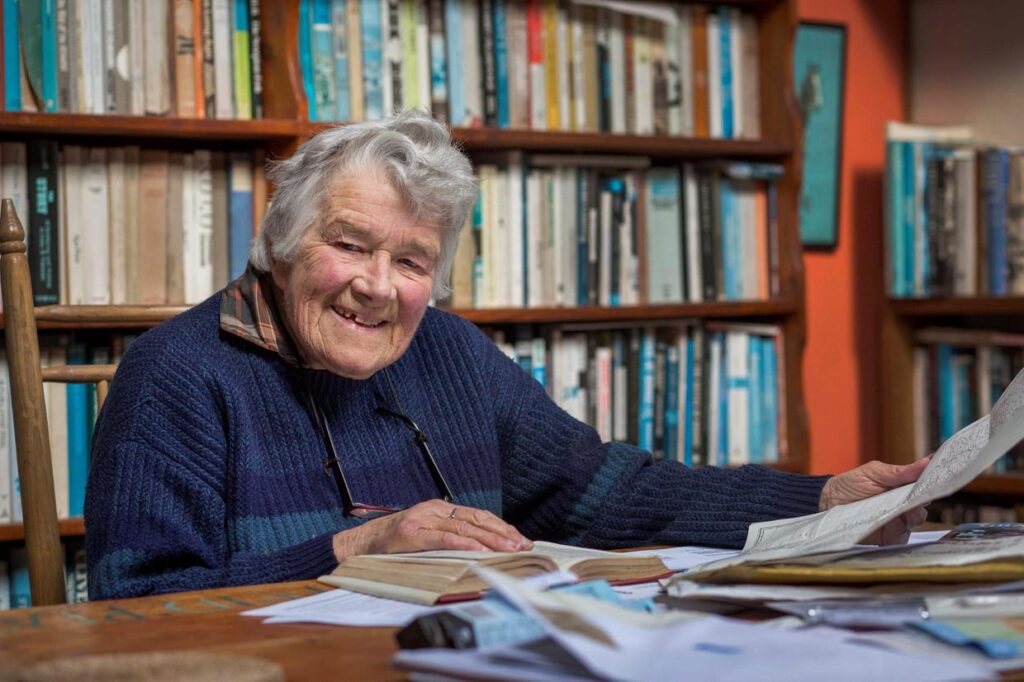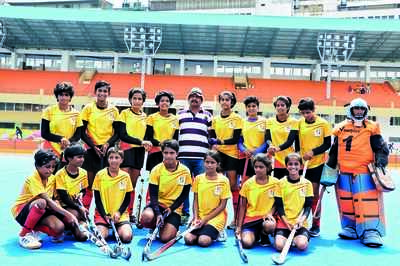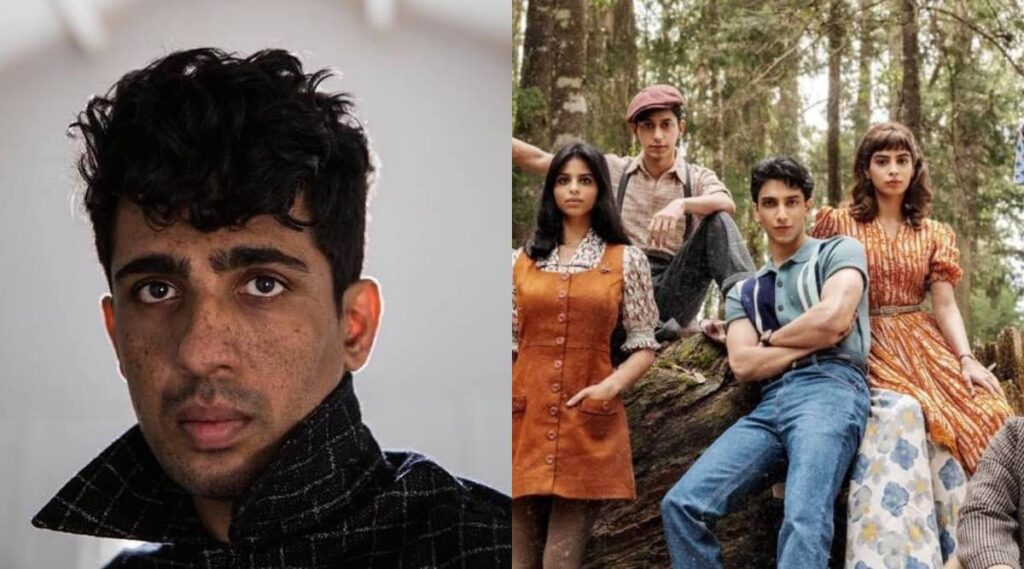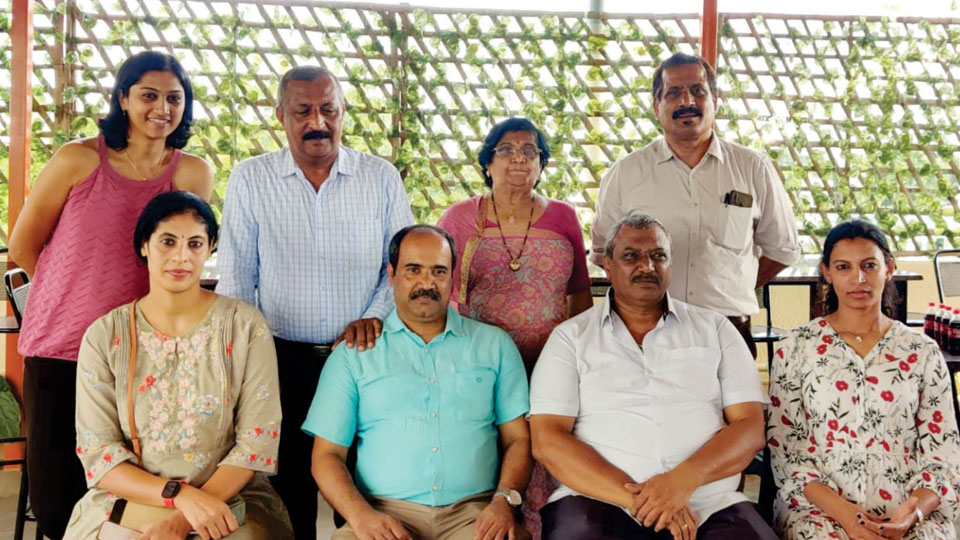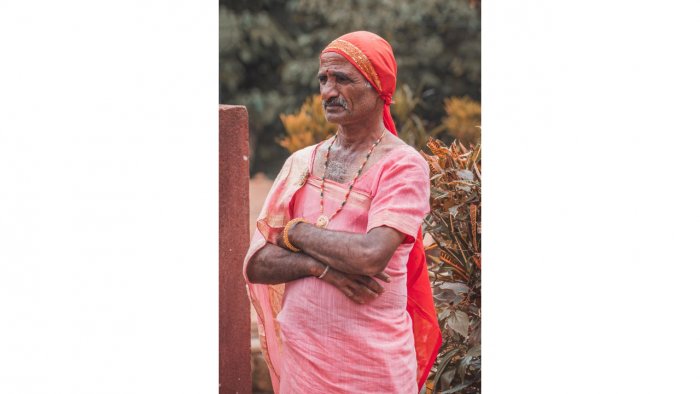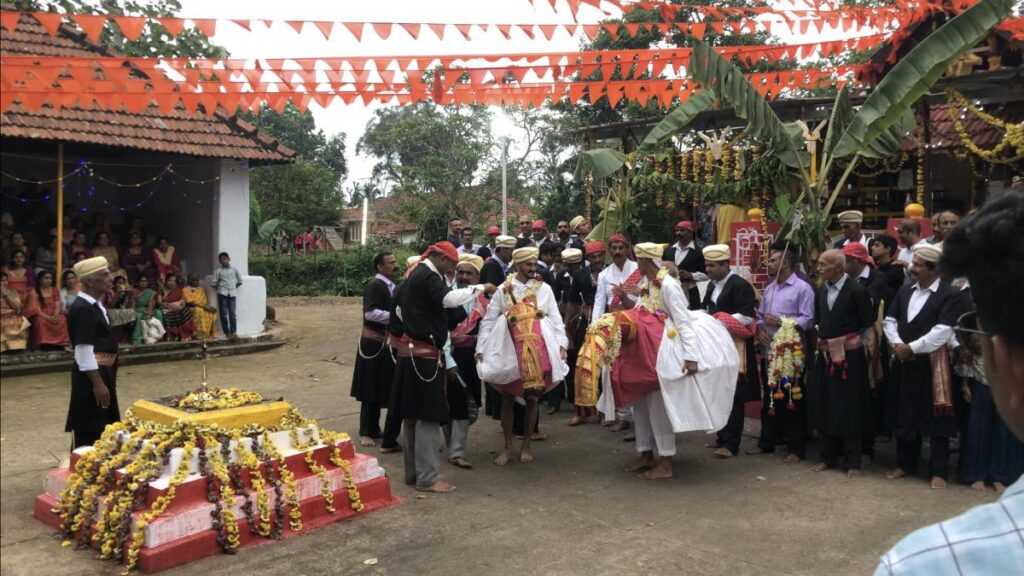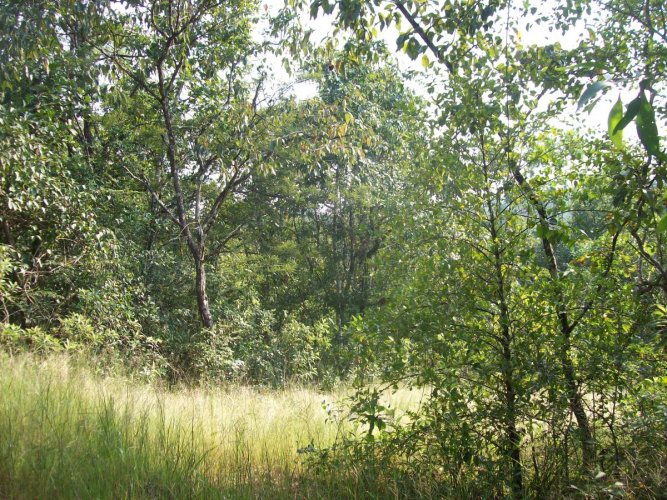
A few thick forests have been left untouched for ages. Though close to human habitation, these forests have withstood the test of time for religious and ecological reasons. Here, the air is cool and sunlight streams in through miniscule gaps in the gaps in the canopy.
Karnataka, Maharashtra and Kerala have thousands of such sacred spaces.
These woods that range from a few acres to a few hundred have many names.
They are called kaan in Malnad (Karnataka’s Western Ghats), devakaad in Kodagu, and devarakaadu in other parts of Karnataka. In Kerala, they are called kaavu where theyyam (ritual dances) is performed.
These groves are rich in biodiversity and are known for the ecological services they offer.
Like these regions, many countries and civilisations across the world have maintained ancient groves. The lore associated with these forests are many. In India, it is said that ancient sages would meditate in forests known as tapovan (woods of penance).
The scrub forests of the Thar desert have been protected by the Bishnois, followers of Guru Jambha. In fact, they are known for putting their lives on the line while protesting the cutting down of trees in these groves.
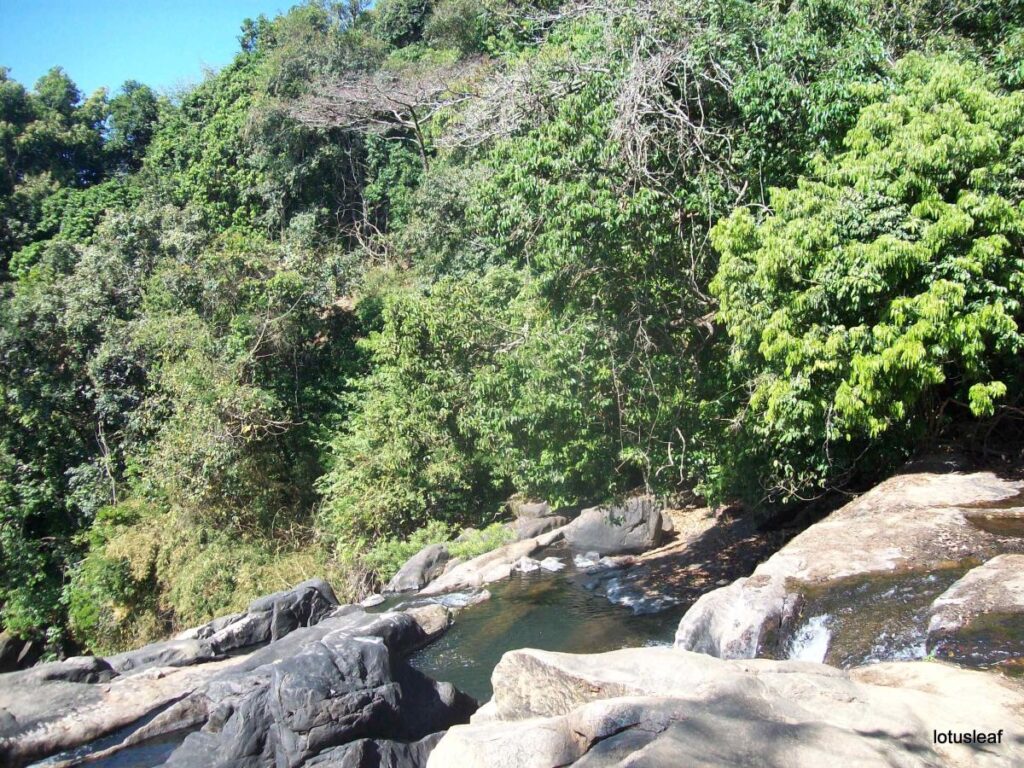
Devakaads of Kodagu
In Kodagu, there are dedicated forests beside every village settlement to Aiyappa, the god of forests and hunting. Kodavas held the belief that the spirits of their deceased ancestors would be led on hunts in these sacred forests by Botekara Aiyappa (Aiyappa, the hunter). No living Kodava would venture out to hunt animals or even cut down the trees in these devakaads.
There are also a few devakaads that are dedicated to other gods and goddesses. One of them is the Mahalaxmi devakaad in Ammathi-Vontiangadi in Kodagu. Located behind the bus stop, the site displays a board issued by the Government of Karnataka, declaring the grove as a devara kadu (forest of the gods).
According to Cheppudira G Kushalappa, Dean of the Ponnampet Forestry College and Kodira A Kushalappa, a retired IFS officer, there were 1,214 devakaads of a total size of 2,550 hectares in 1996 in Kodagu.
Apart from their religious and cultural significance, sacred groves help conserve our forest wealth, says Kodira Kushalappa. “Forests cool temperatures and bring rainfall. They help in retaining the topsoil and help sustain streams, which water neighbouring farms. Forests also serve as home to birds which feed on insects that are found in the fields,” he adds.
According to a 2002 study, there were 215 tree, 86 bird, 163 mushroom and an uncounted number of butterfly species found in the sacred groves and coffee plantations of Kodagu. Forty-nine out of 163 species of mushrooms were unique to these groves.
Another paper noted that there were 25 medicinal tree species (rare, endangered and threatened) found in the devakaads. A 2003 research study noted that the larger sacred groves had higher diversity than in natural reserved forests. There was a high level of endemic and globally threatened species present in these forests.
Butterfly species such as the Travancore evening brown (Parantirrhoea marshalli) or the Malabar banded swallowtail (Papilio liomedon Moore) are restricted to low elevation evergreen forests in the southern Western Ghats that are excluded from protected area network. Tree species like the Actinodaphne lawsonii, Hopea ponga, Madhuca neriifolia, and Syzygium zeylanicum, which are on IUCN threat list, are found in the sacred groves.
The swampy areas in kaans have been found to have the large-sized, threatened tree species Syzygium travancoricum, which grow close to water bodies and is classified in the IUCN Red List as “critically endangered”.
These sacred groves help in watershed protection, protect against fire, maintain a favourable microclimate and protect against soil erosion.
Kaans of Malnad
There are many rules for the Malnad kaans. The trees cannot be cut in the groves but adjoining villagers could cultivate wild pepper.
Francis Buchanan, a British officer, who travelled through Malnad in 1801 wrote that permission to cut a tree in a kaan was to be sought from a village headman, who also served as the priest of the village temple. Otherwise, the tree feller would face the wrath of the forest deity.
The main difference between a kaan and a devakaad is that no cultivation was allowed in the devakaads, while the cultivation of wild pepper and sago palm was allowed in the kaans.
The crop grown in the kaans initially came under forest produce. Later cultivation by clearing by fire was permitted. Even industries were allowed to venture into the kaans, leading to widespread destruction in central western Karnataka.
Now, various individuals have been fighting cases in courts to preserve the sacred groves.
Temple committees and villagers aid the forest department in conserving these sacred groves. Mookonda Arun Ganapathy, the secretary of the Bhadra Kaali temple in Bilugunda village, Kodagu explains that researchers and students often come to the nearby Aiyappa devakaad.
Arun states, “There are encroachments happening in these sacred groves despite government efforts. Many of the well-preserved ones are by the road side. The villagers take measures to protect them. Regular rituals in the forest temples help protect these sacred groves. Trees should not be cut inside these holy forests. Sacred groves are essential for preserving the environment and our culture.”
source: http://www.deccanherald.com / Deccan Herald / Home> Spectrum> Spectrum Top Stories / by Mookonda Kushalappa / May 26th, 2022
